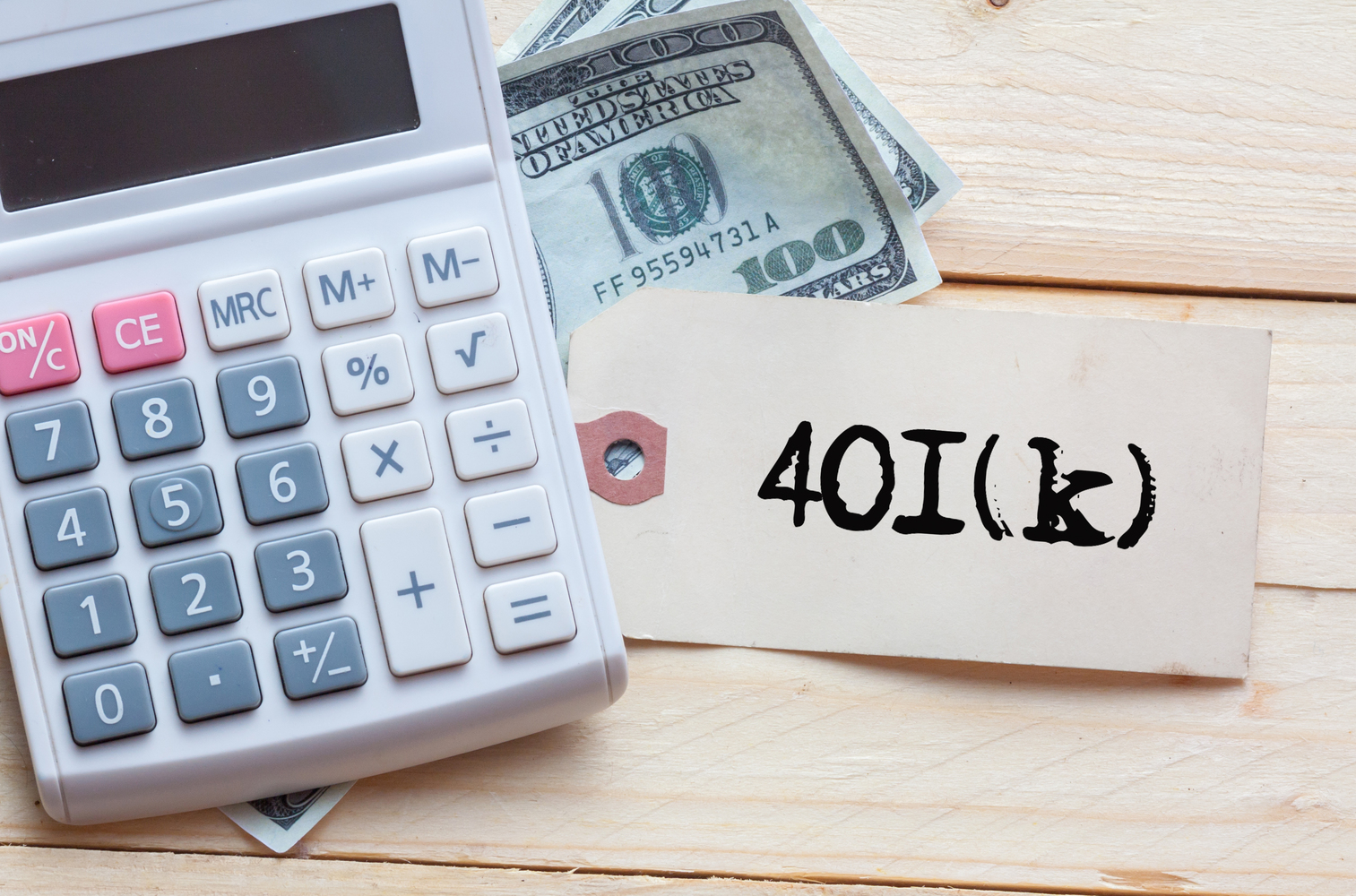
401(k) Loan Basics – What it is and How it Works
In case of emergencies, money is a necessity, but unfortunately, your personal account balance may not always meet your urgent needs. When it doesn’t, you may be tempted to withdraw and borrow from your 401(k) account, and it is also convenient to do so. However, before you decide to do this, you should understand some 401(k) loan basics, like what it is and how exactly it works.
What is a 401(k) loan?
Your 401(k) plan is generally affiliated to your office. In this, you make contributions to your retirement savings, and your employer can match some or all of it. Also, the law permits loans to be taken from a 401(k) account.
A 401(k) account is a way to keep up with your retirement savings plan. Apart from this, when you borrow money from a 401(k) loan for your financial emergencies, what you don’t realize is that you are essentially borrowing from yourself. The loan is debited directly from the 401(k) account balance, and then a repayment plan is curated based on certain criteria, like the interest rate and the borrowed amount. The repayment is made into your account with the help of automatic payroll deductions.
How does it work?
The interest rate levied on these loans is typically higher by one or two points as compared to the prime rate, but it varies from case to case. As per law, individuals are permitted to make a withdrawal of up to $50,000 or 50% of the amount in their 401(k) account, whichever is less.
Post this, the cycle continues, and the money comes back to you with further payroll deductions. Even so, there is a fixed time within which the loan is to be repaid completely. In case a complete repayment is not possible due to unforeseen circumstances, not only would the amount you borrowed become taxable, but you would also incur an extra 10% penalty. This penalty is levied by the Internal Revenue Service on individuals who are below the age of 59 and a half years.
How much money can you borrow?
While the 50% or $50,000 rule is the basic criteria for 401(k) loans, there is another thing you should know regarding how much you can borrow. You can never borrow more than what your 401(k) account holds. However, if you have an outstanding loan balance dating back to the past twelve months, the rules change. In this case, the amount you can borrow is further reduced with the largest balance that your record shows in that particular period. Here’s an example:
Consider that person A has about $25,000 in his 401(k) account, and he also has a loan balance of $5,000 that he borrowed in the past year. In this situation, he can borrow only about $7,500 more. This is one of the most important 401(k) loan basics you should know.


